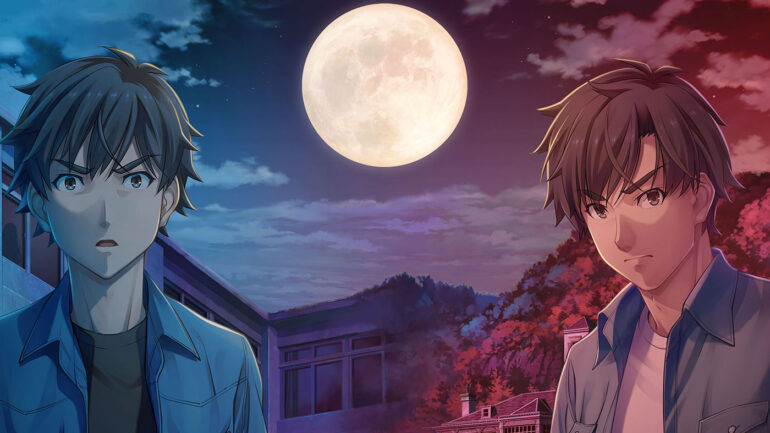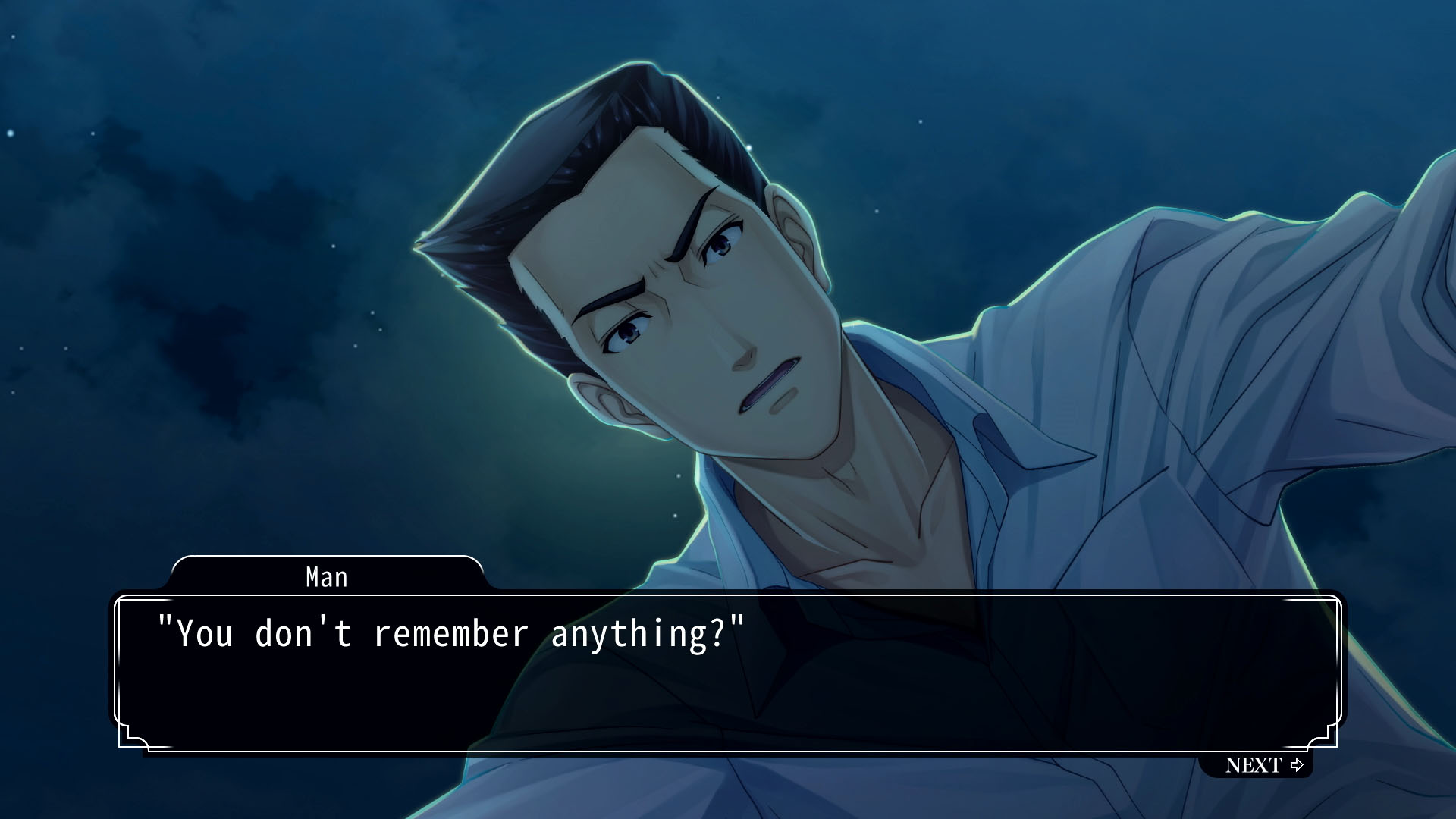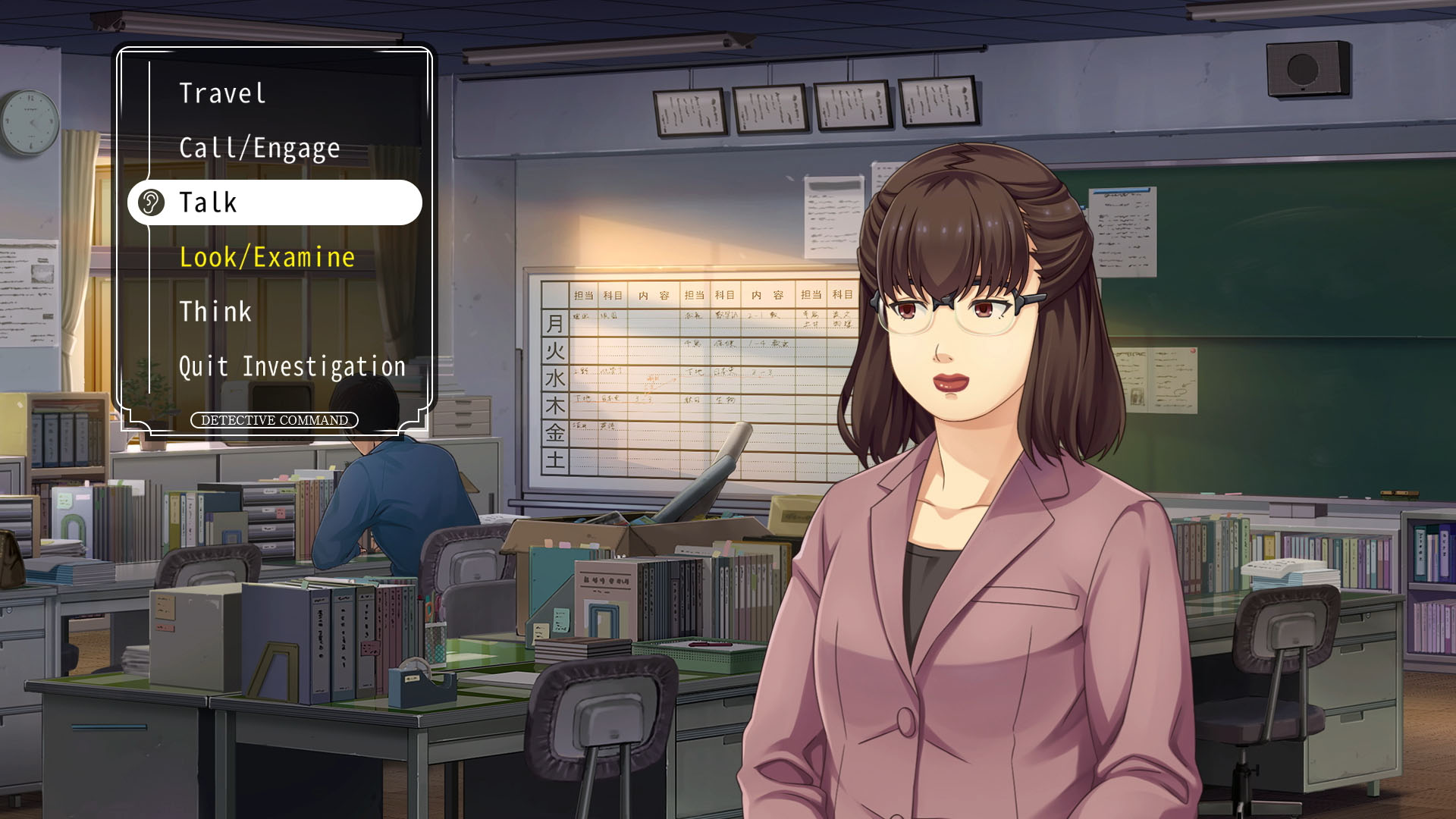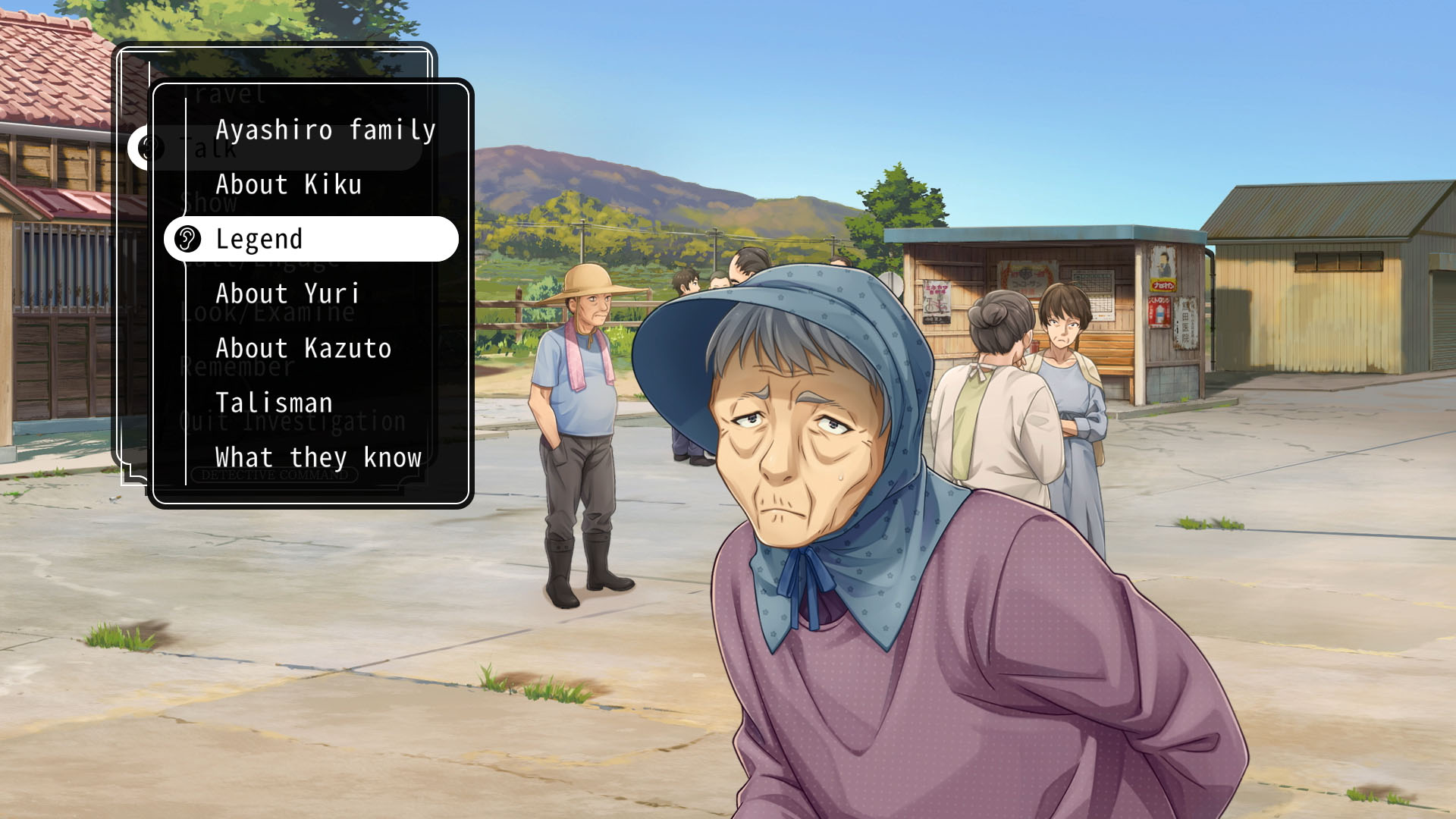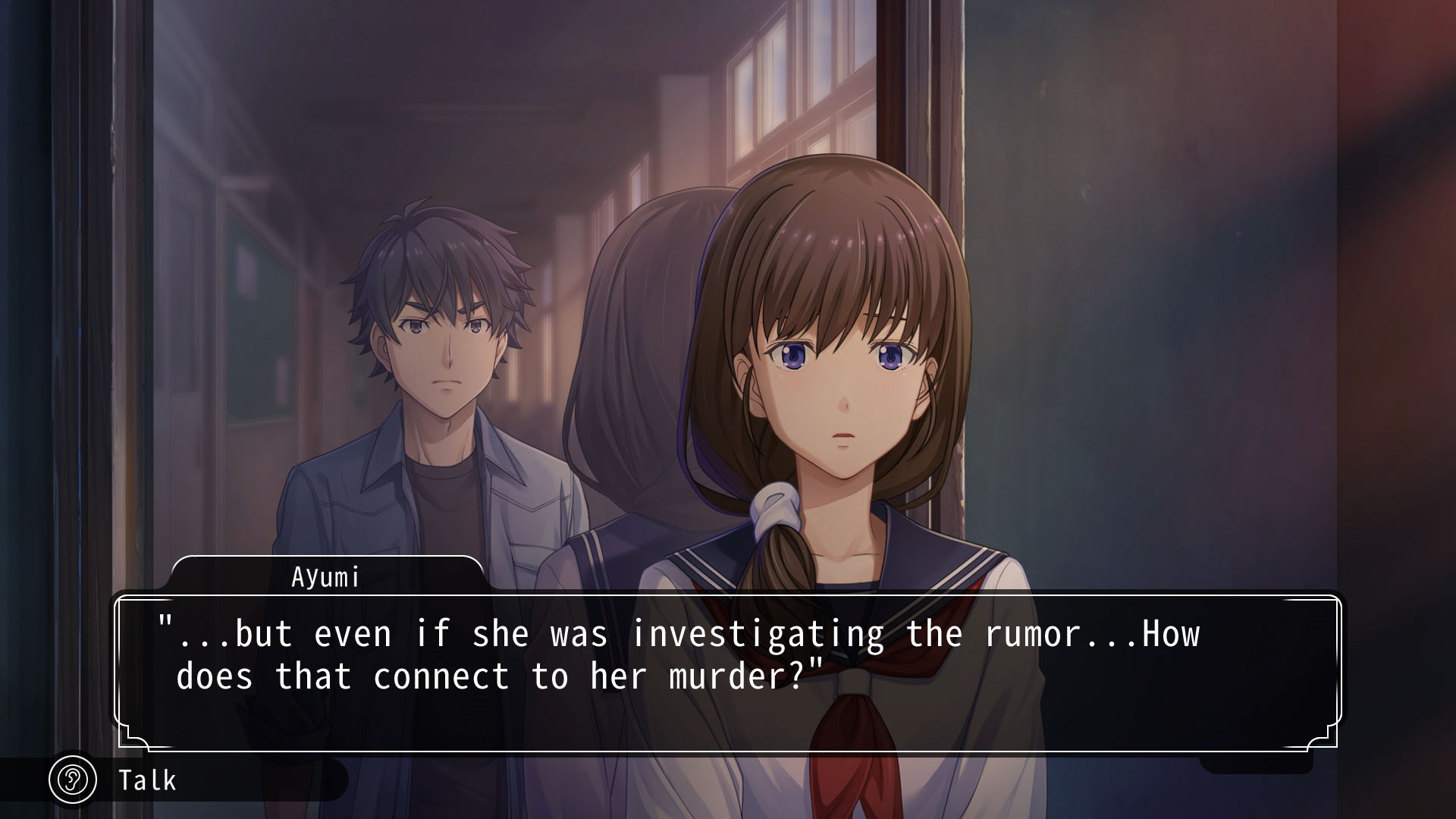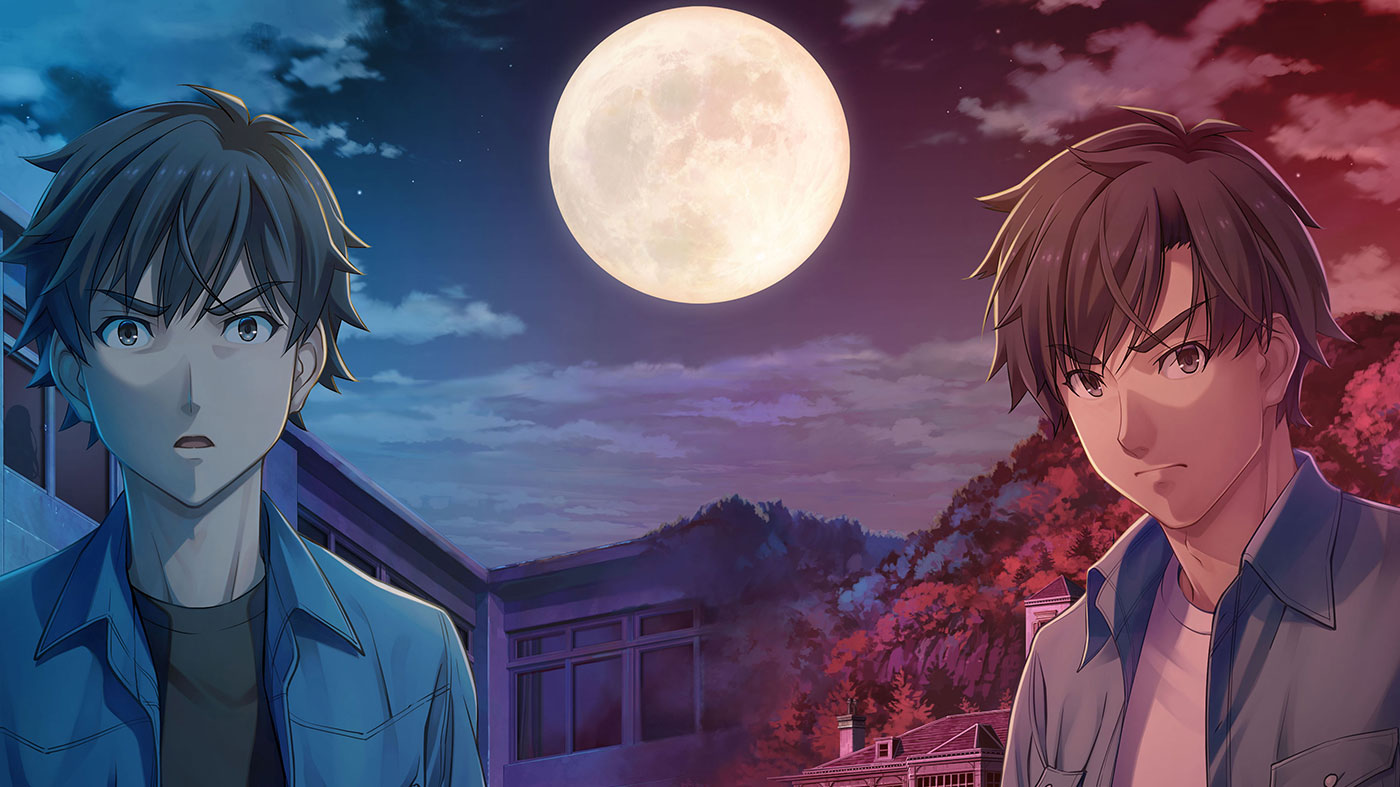I’ve been a huge Nintendo fan for so long, but I’d never heard of or paid attention to Famicom Detective Club. They’re two games written by the same writer as Metroid that never found their way outside of Japan. Now, several years after their release on the NES, they’ve been given new life on the Nintendo Switch. While this is one of the most intense visual overhauls of a game that I’ve ever seen, the games remain the same, for better or for worse.
When you buy Famicom Detective Club, you’re getting two games. The Missing Heir, and The Girl Who Stands Behind. Both games follow the same protagonist – an unnamed teen detective (who I creatively called James) and a go-getter assistant named Ayumi Tachibana. Each of the games plays similarly, and while the story isn’t directly linked, the characters’ story arcs are explored in both games. In short, I’d recommend you play both for the complete picture, but both stand on their own rather nicely if you don’t.
The Missing Heir feels like your typical murder mystery. You’re a detective who a wealthy family employs in the Japanese countryside to determine who murdered the cold and brutal matriarch of both the family and the family business. However, the Girl Who Stands Behind feels a bit more supernatural. Not only is it a prequel to The Missing Heir, but it has you investigating both a drowning of a schoolgirl and an often talked about urban legend in the middle of a city.
Both games play like a typical visual novel. Think of it as being similar to the investigation sequences in Professor Layton or Ace Attorney, except without the courtroom or puzzles. It sounds like, then, that Famicom Detective Club guts what made those games exciting. But it doesn’t, thankfully, and the plot is engaging enough to carry your attention across both games. You’ll be able to engage with characters, speak to them, show them specific items or investigate the area in front of you. It’s relatively standard adventure game stuff.
But what I would’ve loved from Famicom Detective Club is a bit more streamlining of the progression. An example – there were two or so times where I’d be stuck and have no idea where to go. I’d move from area to area, asked everyone the same question multiple times, and tried to examine every pixel on my screen. It turns out that the only way to progress was to inquire about specific topics, topics that I’d already covered with that character. Or examine an item that hadn’t been mentioned prior.
I understand that these games, by design, always seem to suffer from some kind of bizarre logic, but Famicom Detective Club feels especially egregious with the way it carries this out. It’s not a huge dealbreaker, as I eventually found myself thinking the same way the writers think, but it will feel jarring to less experienced players. I’d often find myself mashing each topic multiple times to make sure I wasn’t getting myself stuck for no reason.
It’s a relief that, despite these issues that I have with Famicom Detective Club as games, both of the games have an incredibly engaging story. There wasn’t a moment when I was away from my console that I didn’t want to get back to the plot and find out just where things were going. Often the game would set up several red herrings before slashing them down (perhaps even literally) and establishing a few more. It’s a testament to the strong writing that it still stands up to even today.
As mentioned in my preview last month, it’s clear that there’s a huge improvement in how the game looks from a visual standpoint. Both games utilise an interesting technique that means each character looks flat but moves and animates in a way that looks completely three-dimensional. It’s probably some rotoscoping technique, but whatever it is, it gives both Famicom Detective Club games a beautifully unique look.
From an audio perspective, the game has been similarly overhauled. If you’re a purist, you can still play the games with the original NES or SNES soundtracks if you so wish, but these aspects have arguably aged the worst since the initial release. Thankfully, the rearranged soundtrack is fantastic – perfectly hammering home the tone and mood of each dramatic scene. The voice work is all in Japanese with no English options – so be ready to do a lot of reading. But the acting seems on point and hard to fault.
The question remains whether Nintendo should have bothered to bring its arguably most obscure franchise out of the vault and polish it up for international audiences. The answer is a resounding yes, without a doubt, as the engaging nature of the story alone makes me glad that I’ve experienced both. It’s just that it’s undeniably a product of its time and comes with many caveats associated with that.
THE NINTENDO SWITCH VERSION OF THIS GAME WAS PLAYED FOR THE PURPOSE OF THIS REVIEW. A DIGITAL COPY OF THE GAME WAS PROVIDED BY THE PUBLISHER.

